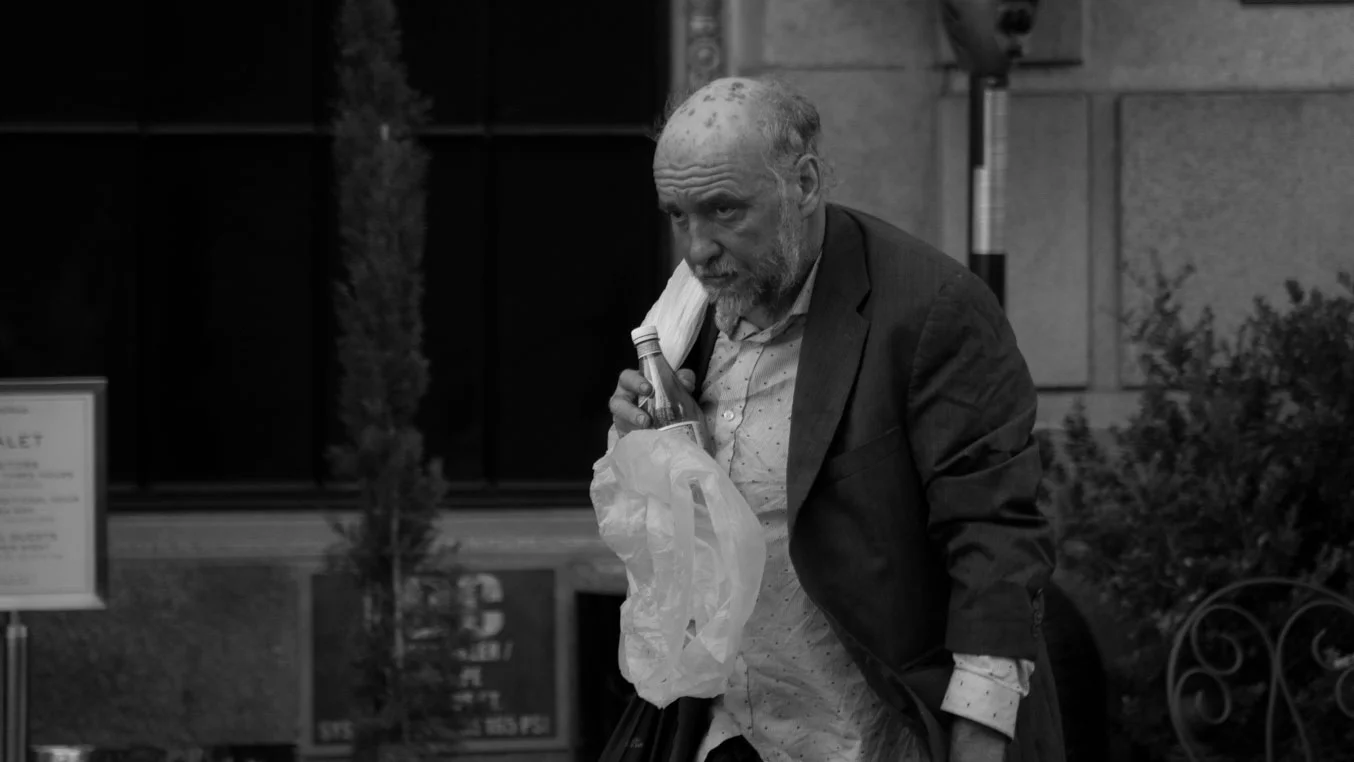Keep Learning.
After 6 years, I’ve only scratched the surface of all the art exhibits, museums, galleries, and venues that Los Angeles has to offer. I have developed and leaned on three favorite locations for artistic enrichment: The Annenberg Space for Photography, The Getty, and LACMA. These are some of the best art locations in the world and for the most part…they are free. How awesome?
Another location which is free, minus any current special exhibit in-house is The Broad museum in downtown LA. (That’s Broad pronounced like it rhymes with road and toad.) It has been about two years since I’ve visited and I’ve been seeing billboards for their current exhibit “Soul of a Nation: Art in the Age of Black Power 1963-1983.” It’s title was too good to pass up and I’m really glad I saw it. It was overwhelming in a great way, and I jotted down many names and have much homework to do later, but overall the exhibit spoke of Black artists’ work towards the end of the Civil Rights movement. Artists of that time were contemplating the voice of Black art. What should it say? What should it represent? There were so many powerful expressions and examples within the exhibit.
One name jumped out at me in particular: Roy DeCarava. He was a Harlem born and raised photographer and what captivated me was within his biography was the mention of his ability to be a professional photographer without doing some of the traditional forms of professional photography in his era (studio portraiture, fashion, wedding). That’s something I’ve soul searched about quite a bit over the years. As much as I enjoyed wedding photography, or get asked to create headshots, I yearn to tell other stories and still make a living as a photographer. So good on Roy DeCarava for making a way on his own. His work encompassed a lot of great portraiture and photojournalism of jazz artists as well as candid street photography in Harlem and more. He captured the essence of everyday African-American life like no one before.
While seeing and reading more about his work, a pretty clear theme started to emerge: Roy DeCarava had a unique aesthetic. In particular, his photographs were all in black and white and usually underexposed. They were so dark and dimly lit, but still legible. It was fascinating. This portrait of Billie Holiday is a great example:
[Copyright - Roy DeCarava. As always, if any entity comes along that has issue with my use of this photograph on this page, I will gladly take it down. No harm or infringement is intended.]
By all the “rules” of photography, this image is slightly underexposed. But something wonderful is happening because of that, right? It was exciting and of course inspiring. Not too long after seeing DeCarava’s work, I knew what I was doing after I left The Broad. With a newly purchased Sigma 18-250mm Macro, I hit the streets of downtown LA, changed the settings on my D90 to Monochrome and adjusted my exposure to -1.7. I had to try it. What would it feel like to intentionally underexpose some images? The perfectionist in me was really uncomfortable and I thought I would not be able to follow through. After a few shutters that were too dark, I thought I’d go back to “normal” exposure. All it took was the first image I created of the Walt Disney Concert Hall, and I knew I would love this:
I spent a good hour and a half around downtown and was more excited about photography than I’ve been in a long time. I made a promise to myself while shooting about post-processing these shots: DO NOT TOUCH EXPOSURE. What you’ll see below is the true exposure of the moment. I did beef up sharpening in some cases, but otherwise, you are see the true RAW image.
Excited to share these. There a few captions along the way. Here’s to being educated and inspired. Thanks Roy DeCarava:
a couple more thoughts…
I couldn’t help but try to understand why this was so enjoyable. While shooting, a few observations went through my mind about underexposed black and white images.
First, my eyes spent more time with the image, which I feel was ultimately a good thing. Black and white photography is very much about perceiving the edges of surfaces and materials. With a proper exposure you have more contrast between light and shadow, your whites and your blacks. The eye can understand the information presented relatively quickly. When you stop down, those contrasts soften, and in some cases it took me more time to understand what was in the frame. I loved that. Though some of the images below still have harsh sunlight or contrasts, there a few that are softer, making you slow down to understand what you are viewing.
The second observation I made is along the same lines: the darker exposure draws you into the image further. The composition turns out to be more flat with darker exposure, but surprisingly, I felt more pulled into the frame. I joke to myself that I create images that are very “take it or leave it.” I’d like to say something with my image…okay I said it, and that’s it. On to the next image. Bold or straightforward is an acceptable strategy in artistic expression, but subtlety is to be desired as well. I admit that essence has eluded my work quite a bit. My landscape photography has kept me in a rhythm of creating colorful and usually high contrast images. Take it or leave it. You like it or not, and then we move on. But this exercise shook things up in a wonderful way. Thanks for taking a look.





















































